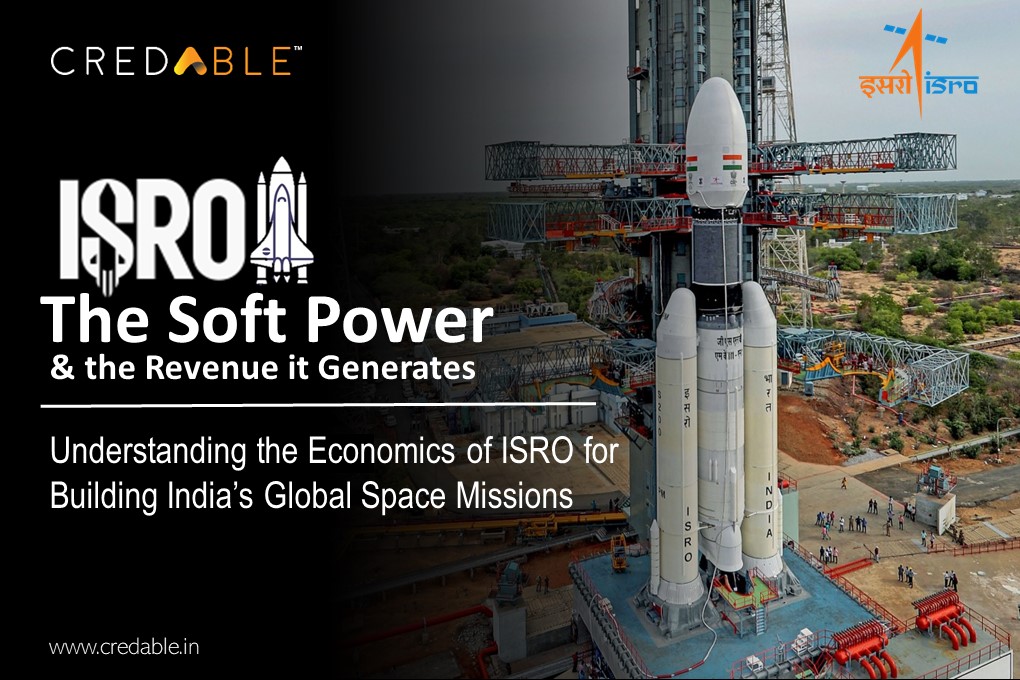ISRO – The soft power and the revenue it generates
ISRO is the leading agency in India for conducting research related to applications in space, space exploration, and the development of associated technologies. The Indian space program is now embarking on a number of new projects that will further assist ISRO to consolidate its position in the global market for satellites. In its latest launch, which placed the Indian spy satellite RISAT-2BR1 into space, ISRO launched nine commercial satellites.
ANTRIX, ISRO’s commercial and marketing arm handles launch contracts for the Indian space agency, having launched 237 satellites to date from 29 countries. India’s space missions are some of the lowest-costing space missions in the world, generating international interest in commercial launches by ISRO. While the Indian government might be cash-strapped, ISRO’s other commercial arm – New Space India Limited (NSIL) – is another avenue by which the space agency can bring in revenues.
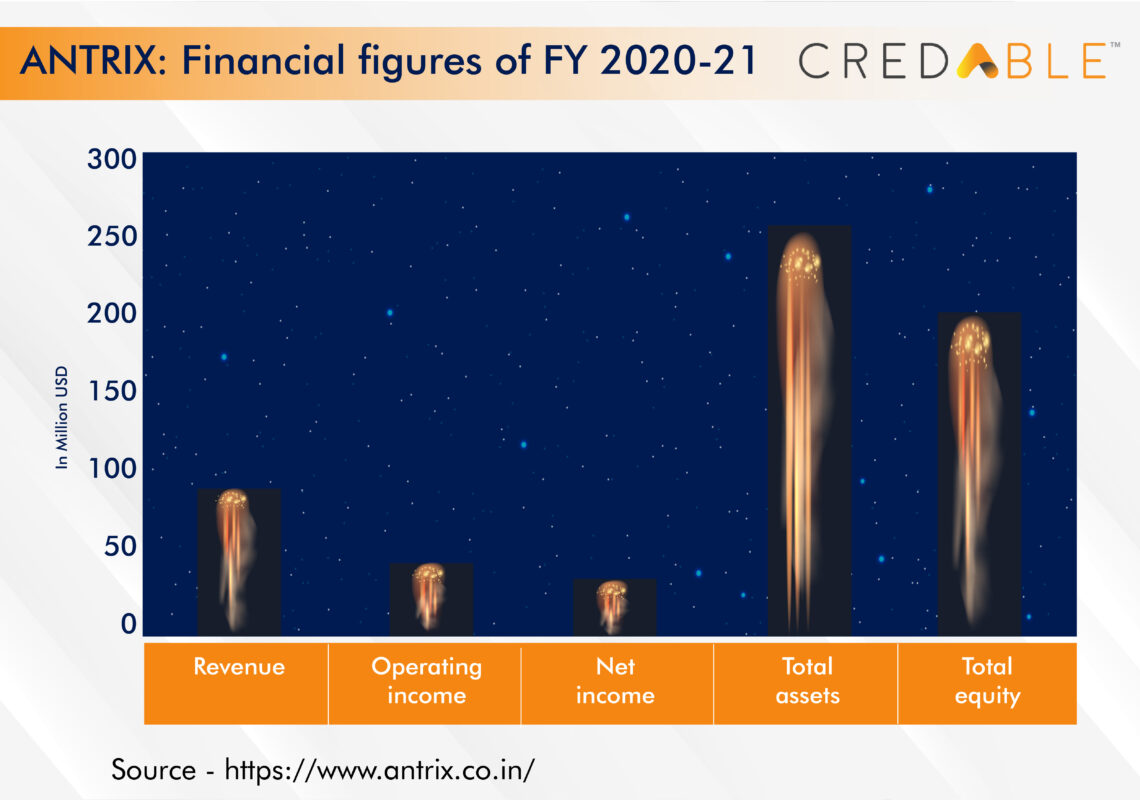
ISRO expects to earn INR 219.14 crore in revenue from launch services in 2022-23 through NSIL. In the last three years, NSIL has launched 45 global satellites through ISRO’s PSLV (Polar Satellite Launch Vehicle), generating a revenue of $35 million. According to reports, the Indian government launched 28 foreign satellites for 13 different countries, earning total revenues of USD 101 million from 2013 to 2015. The minister of atomic energy and space recently presented data showing that ISRO has earned more than Rs 1245 crore from launching satellites for 26 different nations over the past five years.
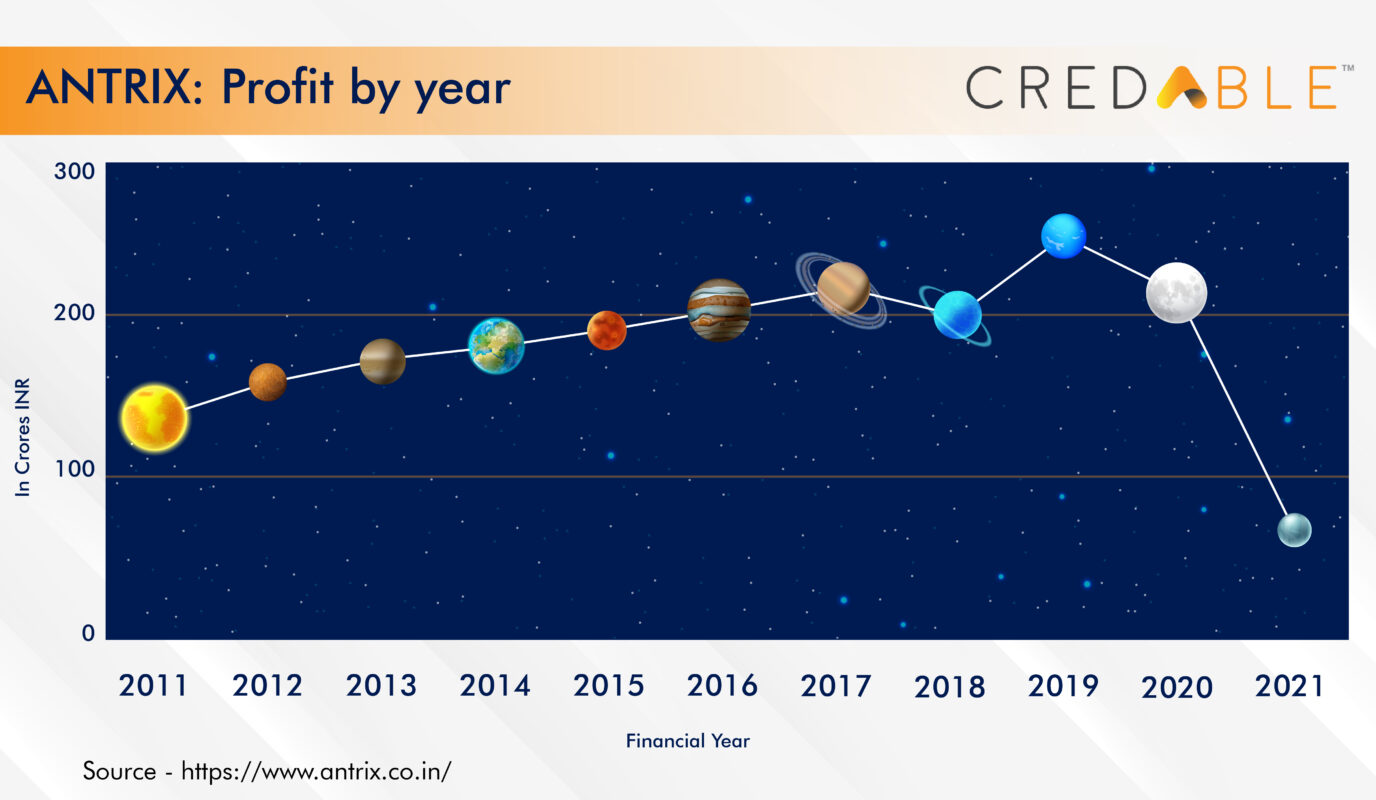
The launches attracted much global attention and enabled ISRO to emerge as a favored space agency, particularly for the launches of small commercial satellites. Back in 1972, a space commission and the Department of Space (DOS) were established to review space development, particularly in India, and ISRO was brought under DOS. This institutionalized and gave shape to India’s current space research. The Center allocated INR 13,700 crore for DOS in the Union Budget 2022-23, while ISRO was gearing up for Gaganyaan — India’s first-ever Human Spaceflight Programme. The DoS is also looking at carrying out two test launches for the highly-anticipated INR 10,534.5 crore Gaganyaan, in the fiscal year 2023, according to budget papers submitted by finance minister Nirmala Sitharaman to parliament.
The DoS hopes to carry out two launches for Gaganyaan test vehicles, five launches of PSLV, two launches of GSLV, and two launches of a new SSLV. As the development of small satellite launch vehicles continues under the Indian Space Research Organization, ANTRIX — one of the commercial arms of ISRO is also looking for launch sites for new launch vehicles, on Bangalore’s southeastern coast. S Rakesh, chairman and managing director of ANTRIX, said that “The private sector would participate in manufacturing the launch vehicles”. ISRO chairman A S Kiran Kumar said earlier that “The space agency would be working on electric launch vehicles, to enable larger satellites to be sent to space”.
The development of cryogenic motor technology is expected to grow India’s satellite market, since this will allow India to launch heavier communications satellites. Having invested considerable resources, The Indian Space Program is expected to maximize the transfer of technologies generated across different fields to Indian industries, thus contributing towards technology self-reliance, industrial growth, and national development.
“India wants to create an ecosystem for the space industry, and generate more revenues by implementing reforms in space”, says K Sivan, Chairman, ISRO. The Department of Space is looking at revenue generation from commercial launch services worth INR 219.14 billion. The GSLV and GSV Mk III rockets are being used for other, major undertakings such as the Chandrayaan moon mission, launch of navigation satellites, and data relay satellites — while we rely on ‘Ariane 5’ rockets for launching our communications satellites, including India’s national satellite system.
How Mangalyaan showed ISRO’s cost advantage?
Because it took only 18 months for ISRO to assemble the mission, the instruments were relatively simple, able to return only the most rudimentary of information. To put this into perspective, it took NASA 208 days to get to the Mars Atmosphere and initiate its Volatile Evolution mission. The US-built orbiter Maven, which arrived on Mars two days ahead of Mangalyaan, in comparison, cost NASA a hefty $671 million.
Thanks to the explicit goals of NASA’s MAVEN Mars orbiter, MAVEN has provided valuable scientific data while costing NASA less than numerous other NASA projects. However, it still cost significantly more than India’s Mangalyaan mission. Maven launched to the red planet on the far more capable Atlas 5 rocket – but launch services alone cost $187 million, which is more than double that of India’s Mars Orbiter mission. The $74-million Mars Orbiter Mission, aka MOM, or the Hindi word Mangalyaan (Mars-Craft), cost less than Hollywood’s $100-million film Gravity.
Working Capital Breakdown of Mangalyaan
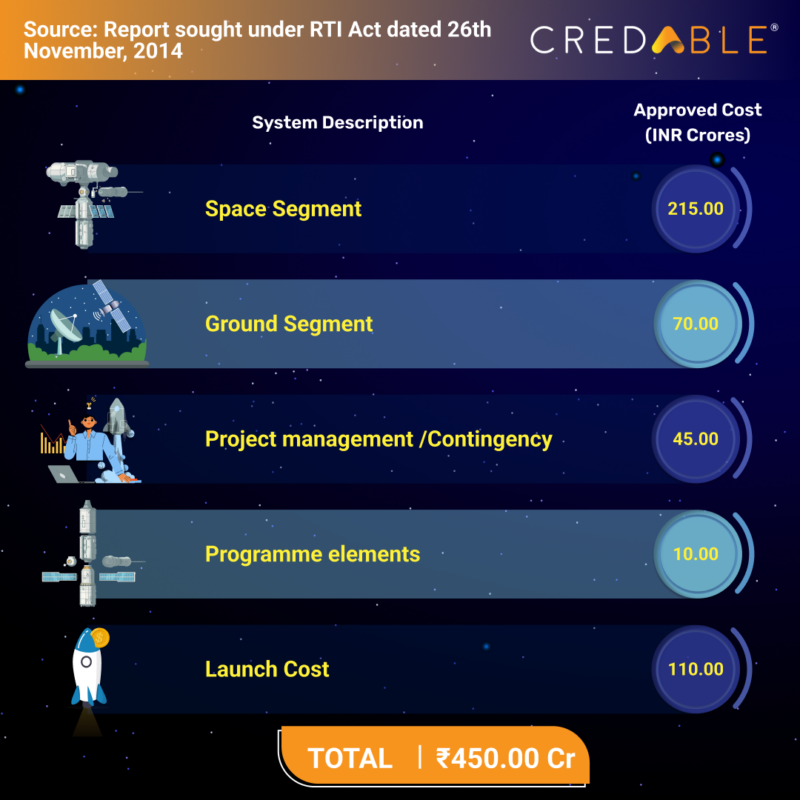
In addition, engineers charge much less in India as compared to the United States due to lower costs of living on average. In India, the higher end of the scale for engineer salaries is about 60% that of salary for engineers in the USA. India spends around $ 1.2 billion per year on its space programs, which is about 6% of the USA’s space budget. This is how cost efficient as Mangalyaan was — a challenging endeavor considering this is the first Mars orbiter from India.
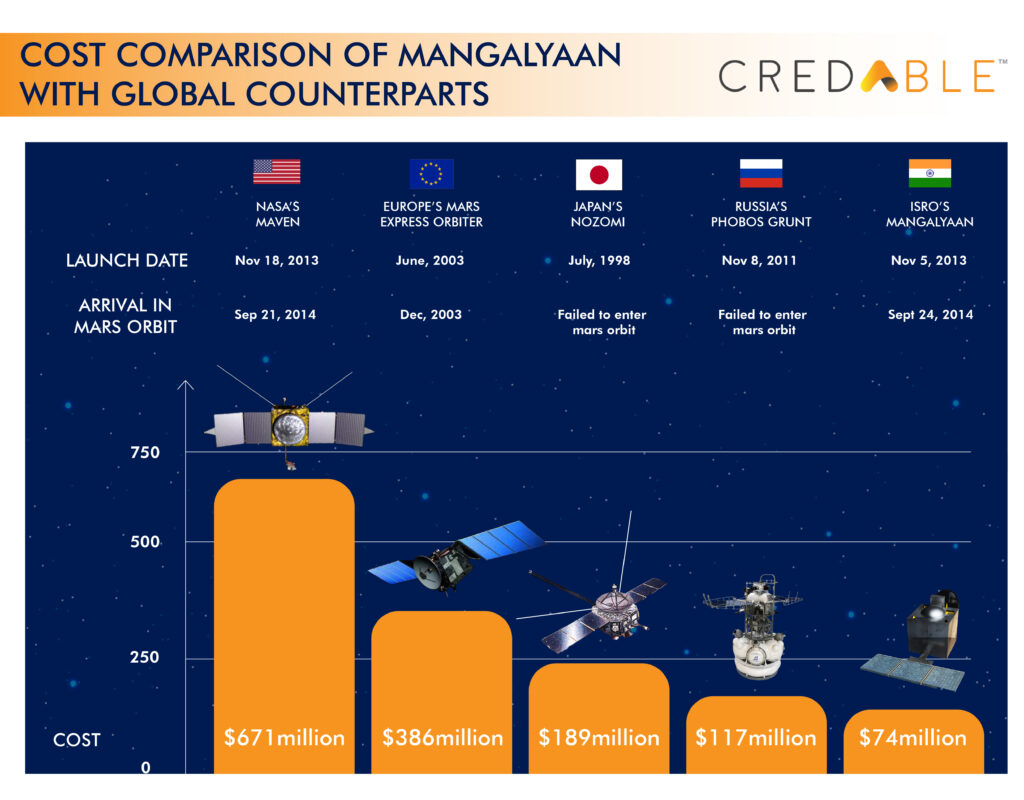
ISRO’s Upcoming Space Missions
ISRO is focused on international cooperation for future space missions, and is working with NASA to launch the joint Earth observation mission, NISAR. NISAR aims to make global measurements on the causes and consequences of changes in the Earth’s surface using advanced radar imagery. From here, ISRO is looking at conducting more advanced and complex missions, as well as exploring deep-space secrets.
ISRO has other big projects lined up, including a mission to Venus, Shukrayaan-1, and Aditya-L1, the space agency’s first mission to the sun. With missions planned to probe not only the neighboring planets of the Earth or its natural satellites, but the center of our Solar System, the Sun, and the Space Station, among many others, ISRO is setting new frontiers. After its historic Gaganyaan Mission, which is planned for a launch in August 2022, the 75th anniversary of India’s independence, ISRO also has been looking forward to building its space station sometime in the near future.
The Gaganyaan Mission, which is to take the first batch of Indian astronauts to space in a home-grown developed spacecraft, is set to get another boost in 2022. The Gaganyaan, the first human spaceflight mission by India, could take three Indians into space by 2022. S Somnath, director general, Indian Space Research Organization, who was in the mission control room during the PSLV-C52 launch, had previously said the Ministry of Space had planned 19 missions for launch by 2022, once it picks up pace after back-to-back delays.
Companies such as SpaceX, Russia’s Proton ULA, and Arianespace are the biggest names in space technology, but ISRO’s ANTRIX offers competitive rates for commercial launches.
Apart from two partial failures, the PSLV has been the main workhorse of ISRO, launching over 50 times to put hundreds of Indian and foreign satellites in orbit. SLV-3 was followed by ASLV, a vehicle that was later succeeded with the development of a number of mid-lift launch vehicles, rocket engines, satellite systems, and networks that enabled the agency to launch hundreds of domestic and foreign satellites as well as a variety of deep-space missions to explore the cosmos.
In 2022, ISRO launched the South Asian Satellite (SAS) and with it, the Government of India has claimed Prime Minister Narendra Modi’s ambitious SAARC Satellite Project as a gift from the country to its neighbors.
We at CredAble hope that ISRO continues to undertake space missions without ever having a working capital crunch and continue to make India proud with its cost-effective methods.
Think working capital, Think CredAble!
